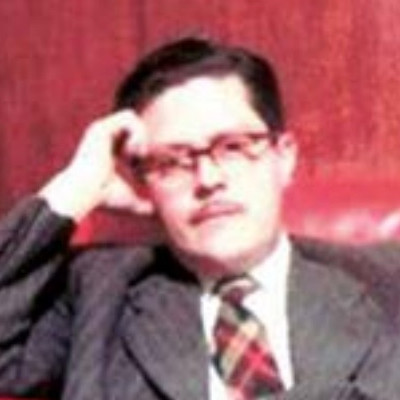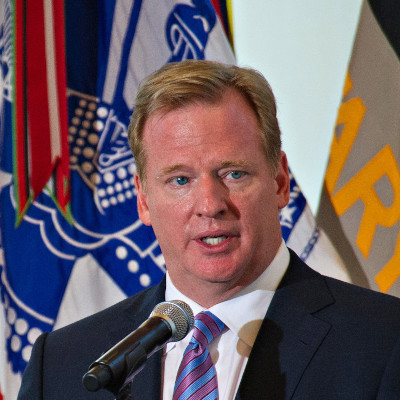Success Formula
Find out what were the keys that led this inspiring leader to success.
In this Industry Leaders we present the Success Story of Shojiro Ishibashi, a Japanese man who, with his vision, managed to transform history and the tire industry in the world by founding the most important factory in this field.
It all started when Shojiro Ishibashi, a 17-year-old young man, took over a family tailor shop in 1906, which would begin to develop a new line of footwear designed for industrial workers; These shoes known as jika-tabi, made of heavy cloth, would have a rubber sole, replacing the popular straw sandals.
Go to the Leader's Bio

Shojito Ishibashi
The success of this product was exponential, thanks to its marketing value, since Shojiro imported the first American-made car to Japan and used it for advertising.
Years later, inspired by the growth he had achieved in rubber-soled footwear, he would use the facilities of his own shoe factory to develop the first tires made in Japan.
Due to the fact that at that time the tires were produced in Europe or the United States, the challenge that the Japanese had ahead of him seemed extremely complicated, but at the same time inspiring to fight to achieve his goals.
This is how he founded the company in 1931, initially naming it Stonebridge, an almost literal translation of his last name (Ishibashi, translates as "stone bridge").
However, seeking to be more familiar to the international market and inspired by the name of the successful American Firestone tires, he decided to change the name to Bridgestone.
Being the first company to produce tires in Japan, it did not take long for Bridgestone to grow by opening plants in various cities in the eastern country.
Then one of the key moments in the company would come, the Second World War. Given which, the factory had to allocate practically all its production to the military, in order to meet the needs of that moment.
At the end of the war, the company was practically devastated by various bombings and a union strike. However, its parent plant in Kurume and one more in Yokohama were not affected, serving as the pillars with which the company managed to survive and even strengthen itself even more.
Thanks to the strategic alliances reached with the automobile companies Honda, Suzuki and Yamaha, Bridgestone quickly recovered and even began manufacturing motorcycles, although this production would not last long, dedicating its efforts solely to the production of tires and rubber products.
Years later, he would travel to the United States in order to learn new technologies and avant-garde methods that would give his company greater projection, also benefiting from the rapid growth of the Japanese automotive industry.
“Serve society with superior quality.”
In addition to focusing on Bridgestone's industrial growth, Ishibashi paid special attention to labor and cultural development, as well as improving the work environment for its workers by surrounding the factories with trees and grass.
Likewise, he promoted art and culture in the company by founding the Ishibashi Cultural Center, the Bridgestone Art Museum and building the building where the National Museum of Modern Art would be installed in Tokyo.
Ishibashi's work ideology in which it is contemplated that "a company that only thinks about achieving (economic) benefits, cannot be sustainable over time, if it wants to be sustainable over time it must work for the country where it is", It has become a model to be followed and imitated by various companies around the world, being known as The Bridgestone Essence.
Shojiro Ishibashi died in 1976, not before seeing how the small family tailor shop had grown into one of the largest and most technologically advanced companies in the world.
Ironically, 12 years after his death, in 1988, Bridgestone would acquire the company that inspired Ishibashi to grow globally, Firestone, thus becoming the largest tire and rubber products company in the world.
Are you enjoying the content you are reading?
Don't miss any of the Industry Leaders publications by subscribing to our free weekly newsletter.
Subscribe NowBiography
Learn more about the personal life of this inspiring leader.

Shojito Ishibashi
Shojiro Ishibashi was born in 1889 in Kurume, a city located in the south of Fukuoka Prefecture, Japan.
At age 17, in 1906, he took over a small family tailoring business, which he would grow from the potential he saw in the development of shoes for Japanese industrial workers known as jika-tabi.
These quickly became a product widely used by construction workers, farmers, peasants and various workers in general, expanding their business nationwide.
In 1928 he supported the Faculty of Medicine of today's Kurume University by donating land and buildings.
His passion for art began in 1930 when he began collecting works which would later become part of the Ishibashi Collection.
In 1931, he establishes the Bridgestone Tire Co., the first tire company in Japan.
Years later, in 1952, he opened the Bridgestone Gallery on the second floor of the company's headquarters building in Tokyo.
By 1956, he established the Ishibashi Foundation, and built the Ishibashi Art Gallery in the city of Kurume, as part of the commemoration of the 25th anniversary of the foundation of Bridgestone.
Between 1959 and 1963 he continued his work in support of art, becoming a trustee of the National Museum of Western Art and the National Museum of Tokyo, as well as building the Cultural Hall and Cultural Auditorium at the Ishibashi Cultural Center in Kurume, however. neglect the successes obtained by the tire company.
In 1968 he received the prestigious Deming Prize for Quality Control for the company's corporate mission.
Finally, Shojiro Ishibashi dies at the age of 87 in the city of Tokyo, Japan.
Other Interesting Leaders
We also recommend the biographies and success formulas of these other great leaders.
Inventing is seeing what everyone has seen and thinking what no one has thought

Guillermo González Camarena
Color TV Inventor
Imagine a world in which every single person on the planet is given free access to the sum of all human knowledge. That's what we're doing

Jimmy Wales
Co-founder of Wikipedia
Before you are a leader, success is all about growing yourself... When you become a leader, success is all about growing others

Jack Welch
Business Executive and Writer
Wy goal is simple. It is a complete understanding of the universe, why it is as it is and why it exists at all

Stephen Hawking
Theoretical Physicist and Cosmologist
Get Our Weekly Newsletter for Free
Subscribe to the Industry Leaders weekly newsletter and receive the latest article released.

